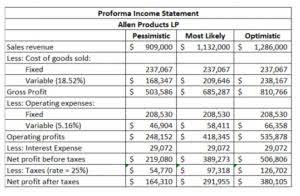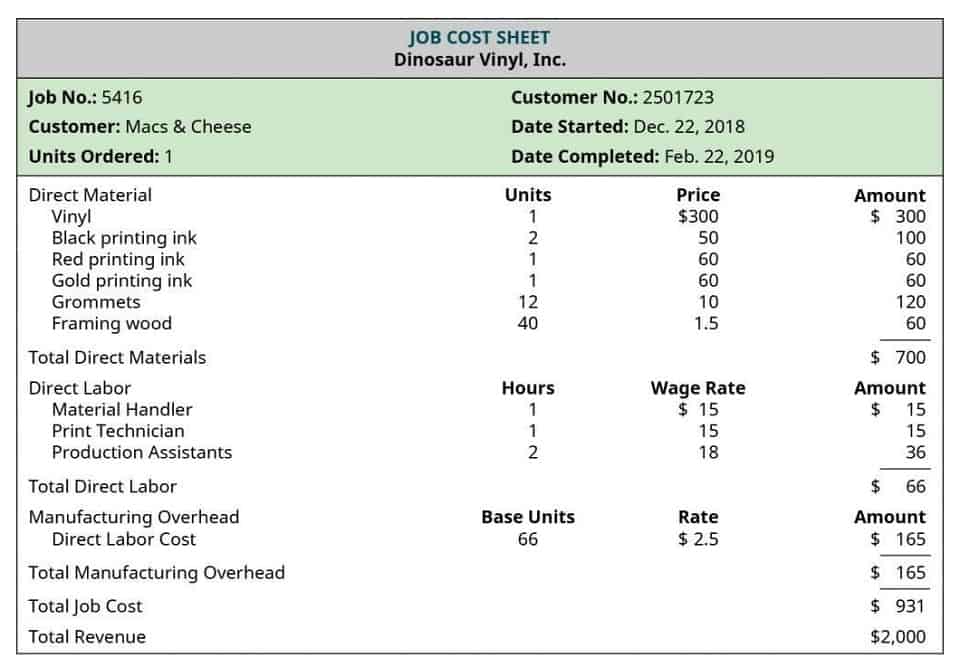What is the difference between a balance sheet of a nonprofit organization and a for-profit business?

While it may not be mandatory to publish your balance sheet specifically, it is a key part of the financial statements included in your annual reporting. A well-maintained balance sheet, combined with regular financial reviews, strengthens a nonprofit’s ability to thrive and serve its community effectively. Leaders, board members, and supporters who understand these basics can make informed decisions that contribute to the nonprofit’s mission and sustainability. Current liabilities are obligations that a company must pay within one year, typically including accounts payable, short-term loans, and accrued expenses.
GAAP Standard Formatting

Below you can see an example non profit balance sheet which you can download here for free. A declining trend in unrestricted net assets, for example, might signal trouble, while growing program expenses alongside stable contributions could indicate positive momentum. It’s essential that you adhere strictly to accounting principles to make sure your financial information is accurate financial statements for nonprofits and compliant at all times.
- This statement provides a snapshot of the organization’s assets, liabilities, and net assets at a specific point in time.
- The Statement of Cash flows is a relatively simple report that shows if your cash has increased or decreased across 3 segments of your business.
- For example, if your nonprofit receives a general donation, the money from that becomes an unrestricted asset.
- These dues are fees that members pay, either annually or on another regular basis, in exchange for benefits, services, or simply to support the organization’s work.
- The requirements vary based on the size of the organization, the amount of funding they receive, and specific state or grant-imposed criteria.
- This is essentially the nonprofit accounting version of the balance sheet equation.
Tips to build a nonprofit balance sheet correctly

It provides a more accurate statement about when financial changes occurred, creating a more exact report to work off of. Your nonprofit balance sheet offers a snapshot of your organization’s financial health. It may be tempting to narrow in on one section of the balance sheet and make a quick assumption about your organization’s financial health. However, it’s the relationship between your assets and liabilities that tells the whole story.
- Short-term liabilities are due within one year, while long-term liabilities are payable over multiple years.
- Donors and stakeholders want to see the management putting their donations to good use and acting as a responsible steward of the organization’s finances.
- The nonprofit balance sheet, or Statement of Financial Position, shows an organization’s net assets, or equity, by listing out the assets and liabilities as of a certain date.
- The first and most apparent liabilities are your organization’s operational costs.
- In the U.S., the amounts are based on generally accepted accounting principles (GAAP).
FREE 25+ Program Sheet Samples in MS Word Google Docs Pages PDF

Nonprofit balance sheets give you an overview of your organization’s financial health. If your organization uses cash-based accounting, nonprofit balance sheets may not provide an accurate snapshot. Nonprofit balance sheets list your organization’s assets, liabilities, and net assets. Nonprofits must provide this information when https://www.bookstime.com/ filing Form 1023 to apply for 501c3 tax exemption with the Internal Revenue Service (IRS).

They represent your organization’s ability to secure purpose-driven resources cash flow in concert with its vision. Just because your nonprofit qualifies as tax-exempt under Section 501 doesn’t mean that all of your donors’ contributions qualify as charitable deductions. And it doesn’t mean that all of the activities your nonprofit spends money on aren’t taxable. Tax-exempt nonprofit employees are still subject to employment taxes, and your nonprofit could still be subject to sales, real estate and other taxes depending on which state it’s based in.
- To learn more about exactly which taxes your tax-exempt nonprofit might still be on the hook for, consult IRS Publication 557, or better yet, consult with a nonprofit tax specialist.
- It is depicted on the balance sheet and shows the value of the organization’s assets after deducting its liabilities.
- Nonprofit accounting provides financial information that is essential for maintaining a stable financial position.
- This statement is a great way to stay informed about how cash resources are being used during the fiscal year.
- The nonprofit balance sheet is also called a statement of financial position, which is one of the essential financial statements.
- The balance sheet reports the organization’s assets, liabilities, and the difference between the amount of assets and liabilities as of the final instant of the accounting period.
